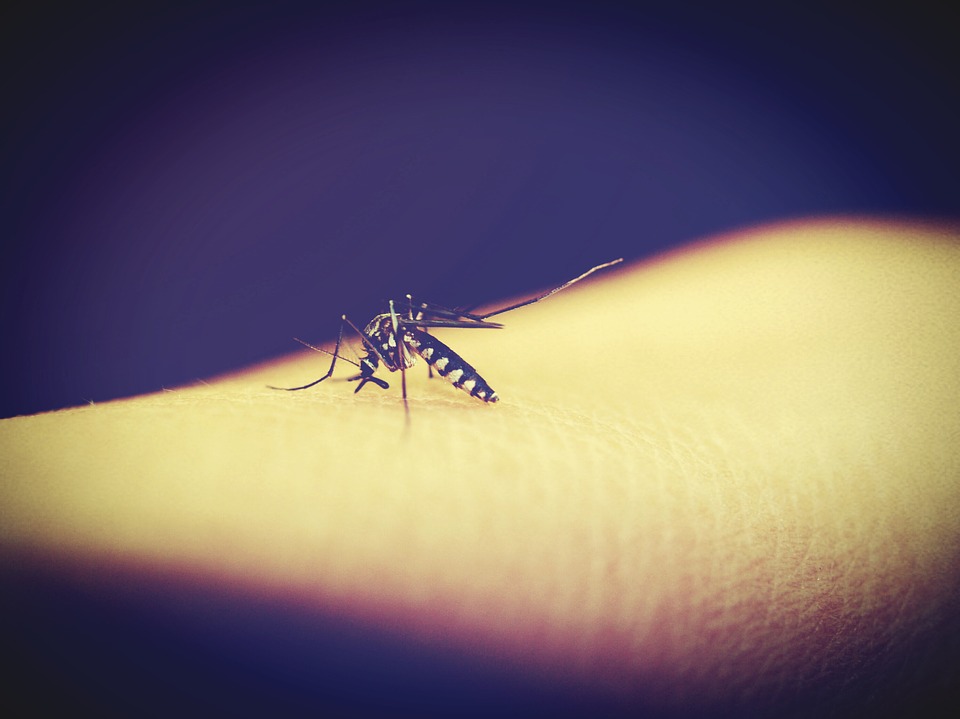World Malaria Day: Studying impact of climate change, pollution on mosquitoes
Is human intervention a cause for immediate concern, what do experts say!

Malaria cases have been on the rise at a rapid pace over the last decade. A new study in Africa's National Institute of Communicable Diseases has revealed that temperature can have a significant impact on the life cycle of malaria-causing insects and flies. Malaria vectors and the density of their distribution is a direct derivative of climate change factors.
The Pollution index and particulate matter in the environment also has a significant role. Earlier Malaria vectors were largely found in clean water sources but with time the insects have adapted themselves to breed and reproduce in polluted water. Thus areas with potentially worse quality of water (which may result from bad air quality) may aid more Malaria causing pathogens.
Despite the global rise, World Malaria Report 2018 says that India reported almost 30 lakh fewer malaria cases in 2017 as compared to 2016, a drop of almost 24 per cent. As many as 93 per cent of the world’s malaria-related deaths occurs in Africa. Caused by the bite of the female Anopheles mosquito, malaria kills an estimated 2.5 lakh children in the continent every year.
The larval stage of the mosquito is aquatic. This vulnerable stage is crucial for the well-being of adult mosquitoes, in the same way that the health of a human baby will determine an adult's future health.
As global warming becomes more and more severe there are predictions of vectors such as mosquitos seeing an explosive rise the world over, including in areas where they are traditionally not found.
Study Extract
In 2017, malaria killed 435,000 people around the world. The vast majority of these deaths - 403,000 - were on the African continent. Most malaria cases are in sub-Saharan Africa. One is the effect of human activity on mosquito biology.
Malawi is the first of three in Africa where RTS S - the new anti-Malaria vaccine announced on Tuesday, is to be made available to children up to two years of age. Ghana and Kenya will introduce the vaccine in the coming weeks.

Image credit: Pixabay
The Hot-Headed links
Insecticides are commonly used as public health interventions against malaria vectors in some African countries including South Africa, Cameroon and Kenya. They are an important part of malaria control policies and strategies to eliminate the disease.
On Malaria day, i.e. 25 April the world’s first vaccine was launched in Africa. In clinical trials, the vaccine was found to prevent about four in ten malaria cases, including three in ten cases of life-threatening severe malaria. According to WHO Director-General Dr Tedros Adhanom Ghebreyesus, despite tremendous gains from bed nets and other measures to control malaria in the last 15 years, progress has stalled and even reversed in some areas.
The vaccine may serve as a new solution that will potentially save tens of thousands of children's lives. “In clinical trials, the vaccine was found to prevent approximately 4 in 10 malaria cases, including three in 10 cases of life-threatening severe malaria,” the WHO said in its statement.
Bottom Line: Children under five are at greatest risk of its life-threatening complications. Scientists are beginning to evaluate how this relationship with temperature can aid better prevention and vaccination.
ALSO READ
Tiger Shroff, Disha Patani, Shilpa Shetty: Check out celebs who attended 'Bade Miyan Chote Miyan' screening
Virginia panel documents history of violence by 6-year-old who shot teacher
MAHE and ICMR Jointly Inaugurate the Aerial Healthcare Delivery System Utilizing Drones for Sample Transportation
Health News Roundup: Pfizer RSV shot meets goals in trial of high-risk adults under age 60; Cuba says drug use on the rise, especially among youth and more
Exploring the Connection Between Social Media and Youth Mental Health










